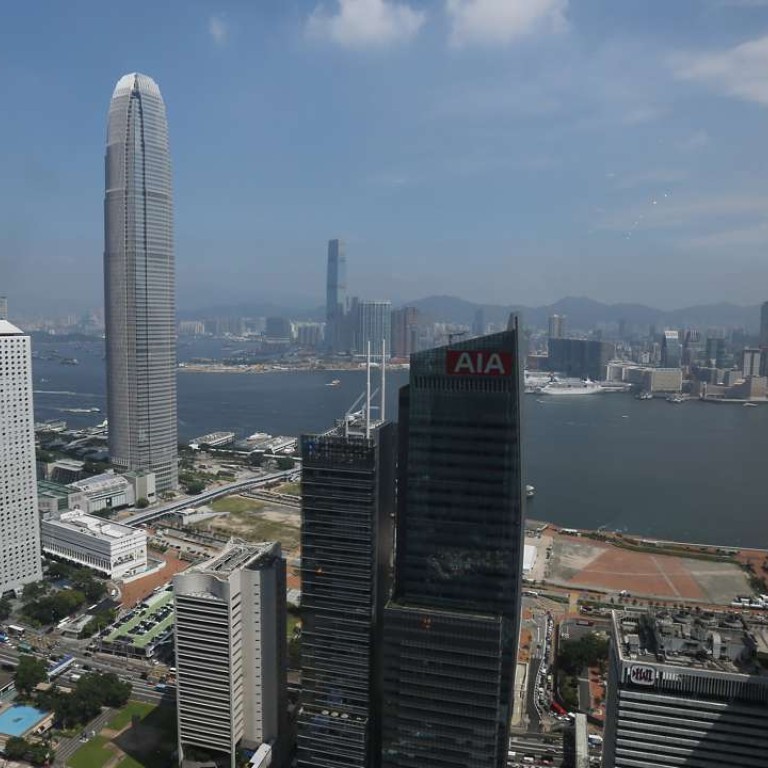
Plans for expanded living space and scenic areas in Hong Kong’s post-2030 blueprint
Plans also centre around catering to an ageing population and focus on technological development, with beautiful rivers, scenic countryside and a railway-based transport system
Planning advisers on Hong Kong’s latest long-term development blueprint have suggested the government expand the city’s urbanised areas by no more than 5 per cent to provide an extra 5,500 hectares of land for housing and commercial space.
They also envisioned the future would cater to an ageing population and focus on technological development, with beautiful rivers, scenic countryside and a railway-based transport system.
The 2030 Plus blueprint, which outlines the city’s planning and development principles beyond 2030, will be introduced for public consultation on Thursday. It is Hong Kong’s second long-term planning strategy. The first, which covers the period until 2030, was drafted in 2001 and finalised in 2007 after three public consultations.
Dr Ng Cho-nam, associate professor of geography at the University of Hong Kong who sits on the advisory panel for the latest blueprint, said he suggested the government increase the city’s developed areas – currently around 24 per cent of its total land area – by no more than 5 per cent, which would provide 5,530 hectares of land for housing and commercial development.
He said that only 6.9 per cent of the city’s 110,600 hectares of land was residential, which could be increased by at least 2 per cent to accommodate more people and provide larger living spaces.
Ng said the extra land supply could come from brownfield sites – degraded agricultural land occupied by operations such as car parks, container storage space and recycling yards – some greenbelt sites and some open spaces reserved for recreational purposes. Reclamation, moving facilities such as sewage treatment plants into caves and underground development could also be considered, he said.
“By adding several percentages of urbanised areas, Hong Kong can remain a compact but not congested city with high efficiency and better living quality,” Ng said.
He also suggested the government not only preserve the city’s green country parks, but also transform its waterway into scenic spots where citizens can relax.
The city should also focus on improving its public transport system, especially the railway lines, instead of building more roads for private cars, Ng said.
Advisory panel members Edward Ng Yan-yung, an architecture professor at Chinese University, and Dr Law Chi-kwong, a Commission on Poverty member, said advisors had also raised new ideas in building an environmentally sustainable and “smart” city that focused on senior citizens and technology development.
Ng said the government could take reference from the latest New Urban Agenda, agreed by the United Nations and released this month. The agenda lays out principles in developing sustainable cities, such as eradicating poverty and establishing an equal society, providing affordable housing and using advanced technologies to make more environmentally friendly choices for development.
Professor Chau Kwong-wing, head of the University of Hong Kong’s real estate and construction department, said he agreed that brownfield sites, some agricultural land and reclamation, among other means, should be considered for increasing land supply to lower residential and commercial property prices. But Chau, who is not on the advisory panel, said residential areas should be increased by at least 4 per cent – 4,424 hectares – to provide not only more housing units but also bigger flats.

